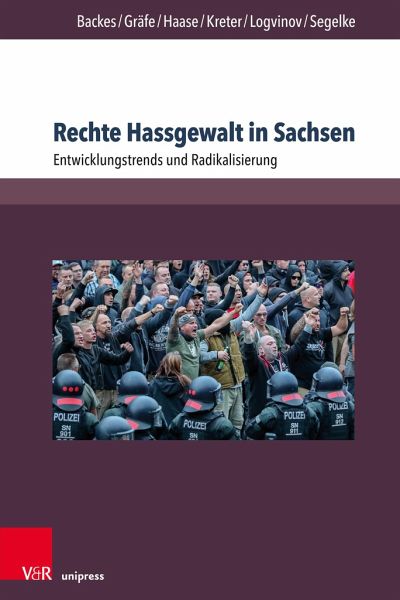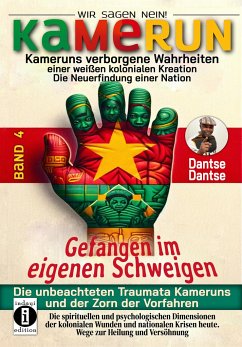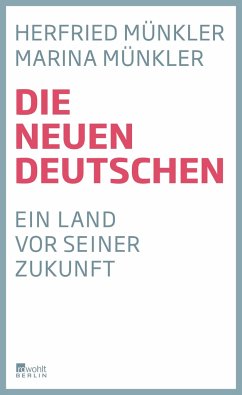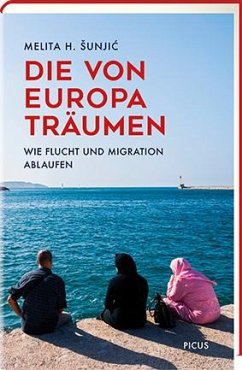Nicht lieferbar

Rechte Hassgewalt in Sachsen
Entwicklungstrends und Radikalisierung
Versandkostenfrei!
Nicht lieferbar
Ist der Freistaat Sachsen eine »Hochburg rechtsextremer Hassgewalt«? Diese Leitfrage steht im Zentrum der Studie des Hannah-Arendt-Instituts. Sie erfasst die Periode vor und kurz nach der »Flüchtlingskrise« (2011-2016), zeichnet die Veränderungen im Zeitablauf nach und zieht Vergleiche zu anderen Bundesländern. Der Fokus liegt dabei auf den rechtskräftig verurteilten Gewalttätern und deren Taten. Besondere Berücksichtigung finden herausragende Gewaltakteure wie die »Gruppe Freital« und die »Freie Kameradschaft Dresden«, die maßgeblich zur Eskalation beitrugen. Detaillierte Unter...
Ist der Freistaat Sachsen eine »Hochburg rechtsextremer Hassgewalt«? Diese Leitfrage steht im Zentrum der Studie des Hannah-Arendt-Instituts. Sie erfasst die Periode vor und kurz nach der »Flüchtlingskrise« (2011-2016), zeichnet die Veränderungen im Zeitablauf nach und zieht Vergleiche zu anderen Bundesländern. Der Fokus liegt dabei auf den rechtskräftig verurteilten Gewalttätern und deren Taten. Besondere Berücksichtigung finden herausragende Gewaltakteure wie die »Gruppe Freital« und die »Freie Kameradschaft Dresden«, die maßgeblich zur Eskalation beitrugen. Detaillierte Untersuchungen sind den ideologischen Hintergründen und Kommunikationsformen vor allem in sozialen Medien und der Rechtsrock-Musikszene gewidmet.
Is the Free State of Saxony a "stronghold of extreme right-wing Hate Crime"? This key question is central for the study by the Hannah-Arendt-Institute. The study includes the period of time before and after the "refugee crisis" (2011-2016), analyses change during this time and compares Saxony with other federal states in Germany. The central research objects are convicted perpetrators of violence and their crimes. Particular consideration was given to prominent violent groups like "Gruppe Freital" and "Freie Kameradschaft Dresden", which contributed significantly to the escalation of violence in Saxony. In-depth analysis about ideological backgrounds and forms of communication via social media and the White Power Music Scene are also provided within this study.
Is the Free State of Saxony a "stronghold of extreme right-wing Hate Crime"? This key question is central for the study by the Hannah-Arendt-Institute. The study includes the period of time before and after the "refugee crisis" (2011-2016), analyses change during this time and compares Saxony with other federal states in Germany. The central research objects are convicted perpetrators of violence and their crimes. Particular consideration was given to prominent violent groups like "Gruppe Freital" and "Freie Kameradschaft Dresden", which contributed significantly to the escalation of violence in Saxony. In-depth analysis about ideological backgrounds and forms of communication via social media and the White Power Music Scene are also provided within this study.














